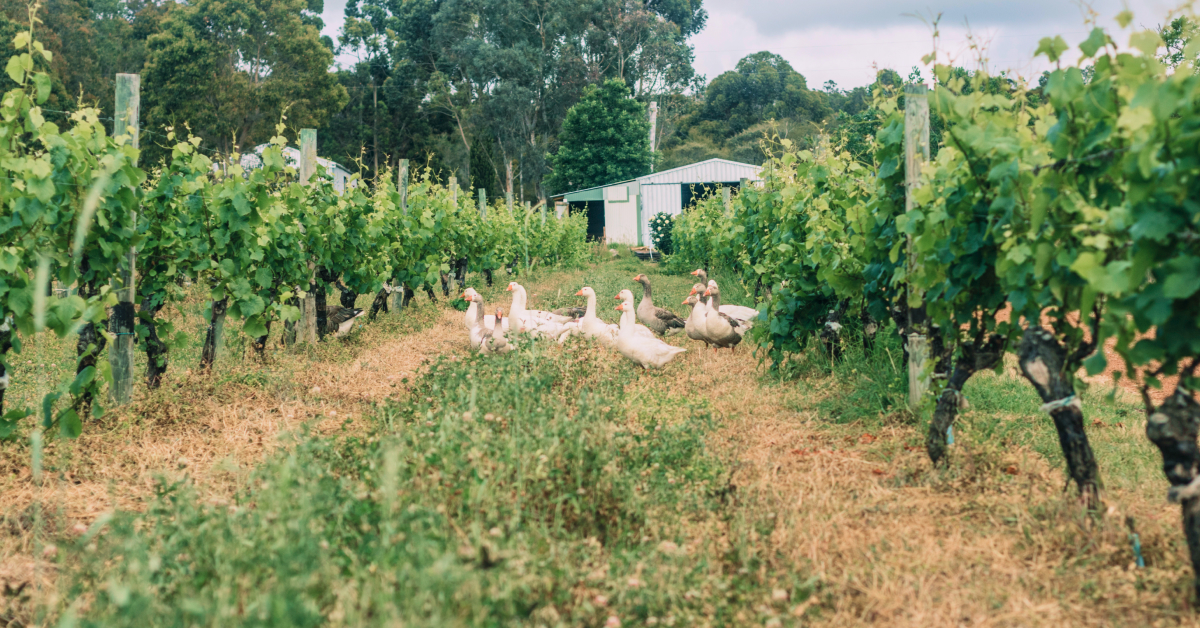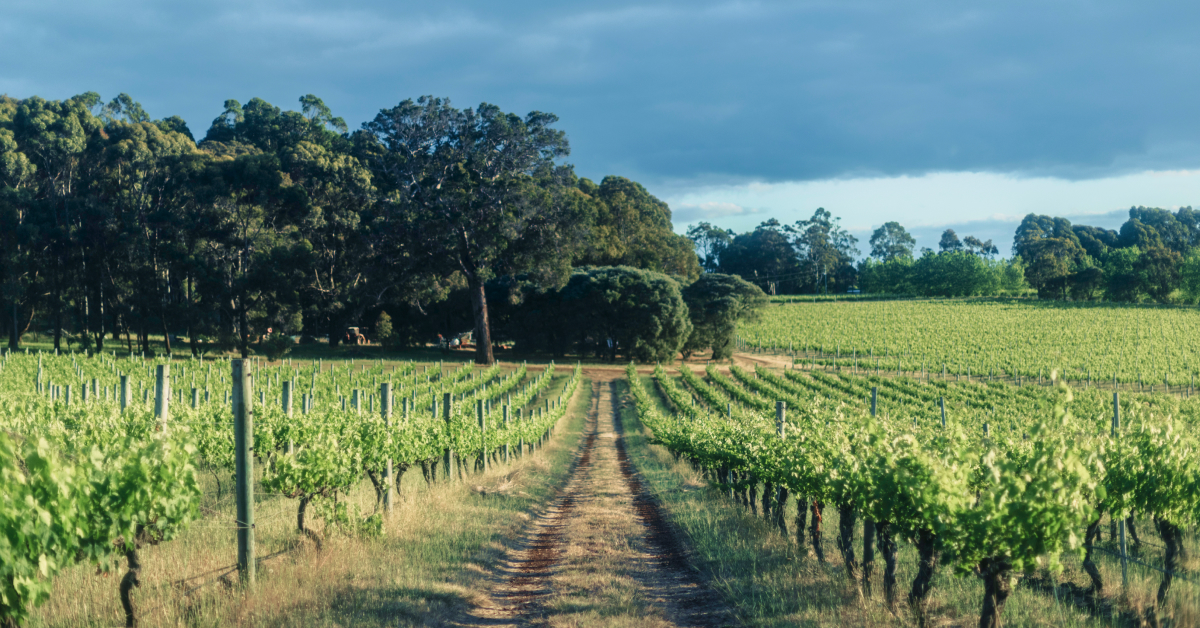The mofo guide to | Margaret River
Margaret River - picturesque, and close to perfect for winemaking too. If we were to list everything that makes Margs so special it would take all day - so here’s our quick rundown of the need-to-knows, along with some of the world-class wines you’ll see coming from the region.
The location
A newcomer on especially ancient dirt. Margaret River was only originally planted in 1967 by Dr Tom Cullity of Vasse Felix, but sits on top of granite bedrock that is estimated to go back a cheeky 600 million years in places - some of the oldest soils in the world.

Image credit: Wine Australia
Once those vines took root, it was a relatively speedy rise to prominence - in 1982 the world sat up and took notice of this tiny parcel of WA after the 1981 Leeuwin Estate “Art Series” chardonnay was named the world’s best by Decanter.
Check out: Juniper Cornerstone Wilyabrup Chardonnay 2020
Aside from the old dirt and the great winemaking (which we’ll get to in a sec), that beautiful coastal WA climate mirrors that of the mediterranean, creating a long, gentle ripening season with a strong maritime influence, courtesy of the Indian Ocean to the north and west and the Southern Ocean to the… well, south.
The Leeuwin Current that runs from the north during the winter, moderating the temperature and reducing the risk of frost - and then in the summer reverses to run from the south to north to provide a bit of cool breeze up from the Antartica to take the sting out of that WA heat.

Image credit: Wine Australia
And because there’s not a huge swing between day + night temperatures (aka the “diurnal range”), the grapes here can slowly and gently ripen over the course of a long growing season, with the heavy winter rainfalls in the region seeing them through the spring and summer. This pristine environment (and lack of that pesky pest, phylloxera) has allowed many winemakers in Margs to move towards minimal-intervention viticulture, organic and biodynamic practice too - good for your glass, and for the planet.
Check out: Cabernet Sauvignon 2013 – Black Market Deal #45769
The grapes
You’ll find a pretty even split in Margaret River between red and whites, though viticulture is pretty much dominated by a big five of varietals - cabernet sauvignon, sauvignon blanc, chardonnay, shiraz and semillon represent 90% of what’s grown.

Image credit: Wine Australia
The absence of pests here has also meant that there’s been the ability to source high-quality clonal selections from within the regions, creating distinctive styles of wines - after all, you know if you’ve had a Margaret River chardonnay or cab sav. So maybe let's get into why they're so good?
The key wines
There’s a bunch of tasty varietals to discover in Margaret River - but here’s a quick intro to the biggies.
Semillon/sauvignon blanc blends
A classic white blend that historically found fame in Bordeaux, semillon/sauvignon blanc blends have also helped to put Margs River on the map too. Like all great blends, it borrows generously from what each varietal does so well - sem rounding off that lively acidity of sauvignon blanc to create a wine that’s rounder and more weighty on the palate, but still vibrant and bursting with warm tropical fruits. A real winner to pair with fresh and grilled seafood.
Chardonnay
If you’re not familiar with Margs River chardy, mofo you are in for a treat. It’s become an Australian classic - especially when fruit is sourced from the famed “Gingin” chardonnay clone (which can be traced back to cuttings imported from California in 1957, if you’re keen to know that kind of thing). Where this makes a difference is that "gingin" is notable for low-yielding vines with small bunches (and tiny berries at that), meaning chardonnay grown from the clone is packed with concentrated flavours that delivers complexity in spades, with a clean, mineral acidity. Classically ripe and rich, you’ll find those big, buttery, toasty and complex chardys coming from the region to offer a world-class counterpoint to more restrained, cool-climate examples. Pair with roast chicken or pork, and you’re off to the Margaret River races.
Check out: Juniper Cornerstone Wilyabrup Chardonnay 2020

Image credit: Wine Australia
Cabernet sauvignon
Cabernet sauvignon from Margaret River is big, bold and embraces your palate with dark raspberry, blackcurrant, cassis and that dried-herbal character that ticks all the boxes if you’re looking for complexity and wines capable of carrying on for years. The best have everything in balance, and you’re going to find something more to show from these wines in every year you drink them - honestly, the best way to experience Margaret River cab is to buy a case and open a bottle every year (though, if you’re like us, you might struggle to wait that long once you’ve experienced the first). Ripe fruit, fine tannin, medium-full body - they walk that tightrope between power and elegance perfectly. The pairing? Anything that’s seen on a flame grill is a must.
Check out: Cabernet Sauvignon 2019 – Black Market Deal #45511
Keen to check out more of what Margaret River has to offer? You can shop the latest arrivals here, but if you're planning a visit make sure you check out our buyer Pete's guide to 24hrs in Margaret River well spent.
